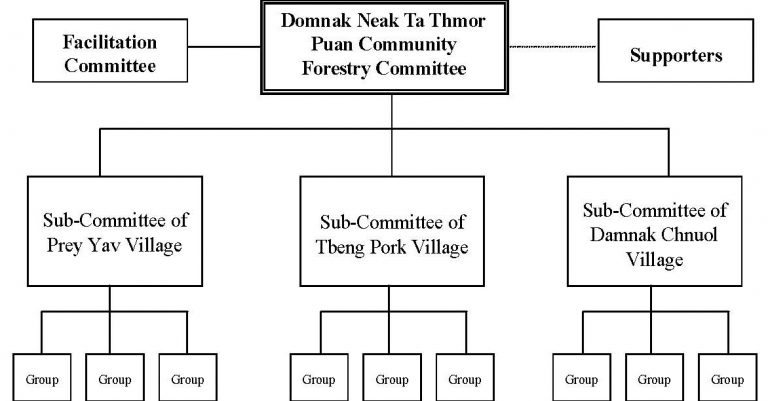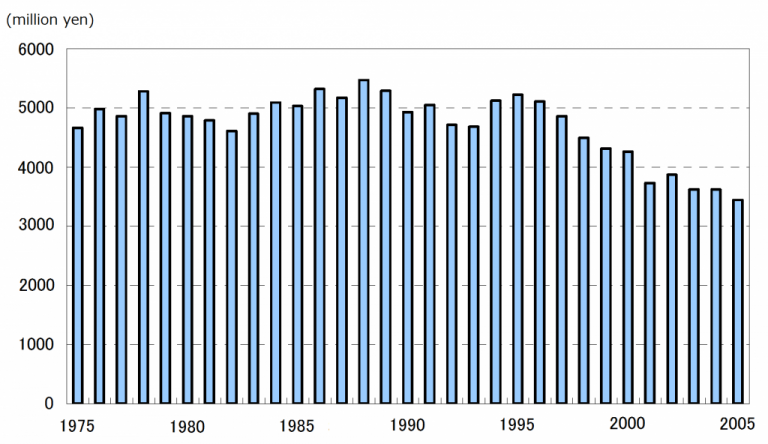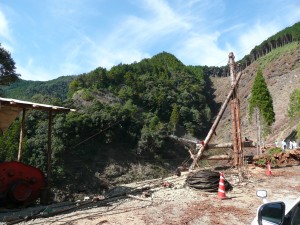Conserving biodiversity by utilizing wood thinned from forests as biomass fuel for power generation (Sustainable Utilization of Biological Resources)
11.11.2011
-
SUBMITTED ORGANISATION :
-
Nobeoka City, Asahi Kasei Corporation
-
DATE OF SUBMISSION :
-
11/11/2011
-
REGION :
-
Eastern Asia
-
COUNTRY :
-
Japan (Nobeoka, Miyazaki Prefecture and the Gokase River watershed area)
-
SUMMARY :
-
Nobeoka City and Asahi Kasei are planning to sustainably utilize the forest resources of the watershed area of the Gokase River in Miyazaki for biomass power generation, in order to conserve biodiversity and reduce the use of fossil fuels. The Gokase River watershed area includes both flatlands and mountainous areas, with cedar and cypress trees planted in the mountainous areas for forestry purposes. The cedar and cypress are mature enough for use as timber. The forestry business, however, has declined markedly due to increased imports of cheap lumber since the 1970s. As a result, some forests are left untouched with no thinning work performed. Even where forests are actively managed for timber production, thinnings which are unsuitable for use as construction material are often left discarded on the ground. In both cases, this makes it difficult for natural groundcover to grow due to a lack of sunlight. This has not only altered the socio-ecological production landscape, but is believed to have caused a decrease in biodiversity. To improve this situation, Asahi Kasei intends to utilize woodchips obtained from the Gokase River watershed area as biomass fuel at a new power plant which will start operation in July 2012. In mixed combustion with coal, the plant will use approximately 100,000 tons of wood biomass per year—in terms of energy content, over 60% of the fuel used. By utilizing heretofore-discarded forest resources in a sustainable cycle, this project is expected to facilitate a revitalization of the ecosystem, restoring the natural biodiversity as well as the forest’s groundwater recharge function. In addition, commerce in woodchips is expected to invigorate the forestry industry as well as the overall economy of the region with increased employment. This program is the second major effort by Nobeoka City and Asahi Kasei for the conservation of biodiversity in Miyazaki. In 2007, in collaboration with Miyazaki Prefecture and landowners, we began cutting down man-made forests which no longer functioned economically and planting broad-leaf trees native to the area to restore the natural ecosystem. The major challenge for Nobeoka City and Asahi Kasei is to lower the price of wood biomass fuel obtained from the Gokase River watershed area to the same level as that of coal. In cooperation with forestry associations in neighborhood areas, Nobeoka City and Asahi Kasei began to purvey wood biomass fuel in small scale for one year, to in order to identify the factors that are making the price of wood biomass fuel higher than that of coal, and study what needs to be done to establish an economically feasible system.
-
KEYWORD :
-
Wood biomass power generation, sustainable utilization of biological resources
-
AUTHOR:
-
Contact: Corporate ESH & QA Asahi Kasei Corporation 1-105 Kanda Jimbocho, Chiyoda-ku, Tokyo, Japan Postcode: 101-8101 Phone: (03)3296-6479 Fax: (03)3296-3182 E-mail: csr@om.asahi-kasei.co.jp






